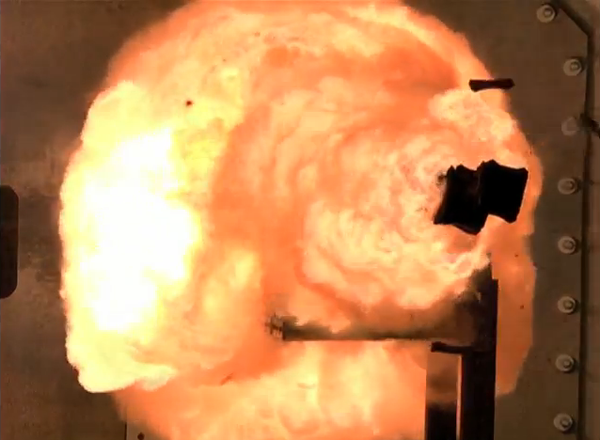
Document: Navy Laser, Railgun and Hypervelocity Projectile Report
The following is the March 18, 2016 Congressional Research Service report, Navy Lasers, Railgun, and Hypervelocity Projectile: Background and Issues…
Copyright 2024 U.S. Naval Institute. All Rights Reserved.